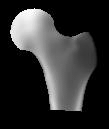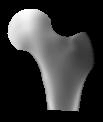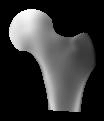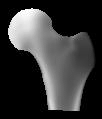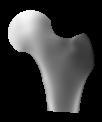
|
Osteoarthritis (OA) is the most common human joint disease in the elderly and the leading cause of disability in the western world. Current treatment for hip OA is limited to pain management and hip replacement for end stage joint degeneration. The development of methods for early diagnosis as well as new treatment options are urgently needed in order to minimise the impact of the disease. The analysis of geometric measurements made of skeletal elements from standard 2D radiographs is an established and routine clinical tool used in the diagnosis, prognosis and management of hip OA. Recently, detailed morphometric analyses have been conducted to identify key features of bone shape that contribute to hip OA incidence and progression and that may serve as biomarkers for pre-symptomatic diagnosis and treatment evaluation. Such studies have also been extended to identify potential genetic regulators of bone shape that may thereby contribute to hip OA susceptibility. Statistical shape models (SSMs) provide a global representation of shape which enables the description and analysis of shape variation across datasets. Applying SSMs to pelvic radiographs is a promising approach to reveal new shape variations that are relevant to the onset and progression of hip OA. In this study, we develop a fully automatic shape model matching system that rapidly and accurately generates an SSM of the proximal femur from pelvic radiographs of varying quality and resolution. Our work is based on radiographs obtained through a collaboration with the arcOGEN Consortium (www.arcogen.org.uk). The developed segmentation system will facilitate detailed analysis of global shape variation across large datasets. Automatically generated hip joint shape information may also be linked to the genetic analysis of hip OA aiming to identify loci that account for hip shape variability and contribute to hip OA susceptibility. |
|
Statistical Shape Analysis of the Proximal Femur: Development of a Fully Automatic Segmentation System and its Applications |
|
Claudia Lindner, Gillian Wallis and Tim Cootes |


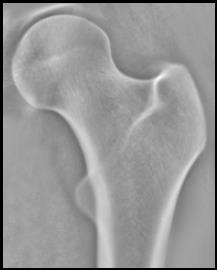
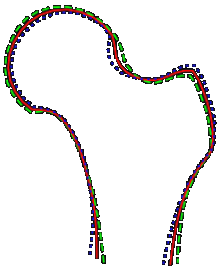
|
. . Source: Richard Wheeler (Zephyris) |
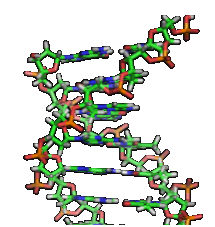
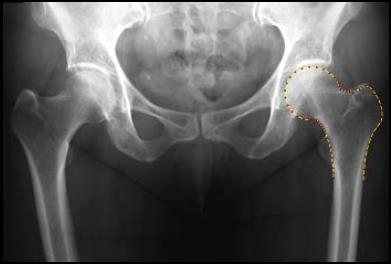
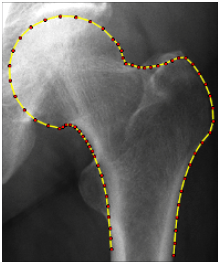
|
This research aims at locating the outline of the proximal femur fully automatically: |
|
...in order to analyse proximal femur shape variability that may contribute to hip OA susceptibility: |
